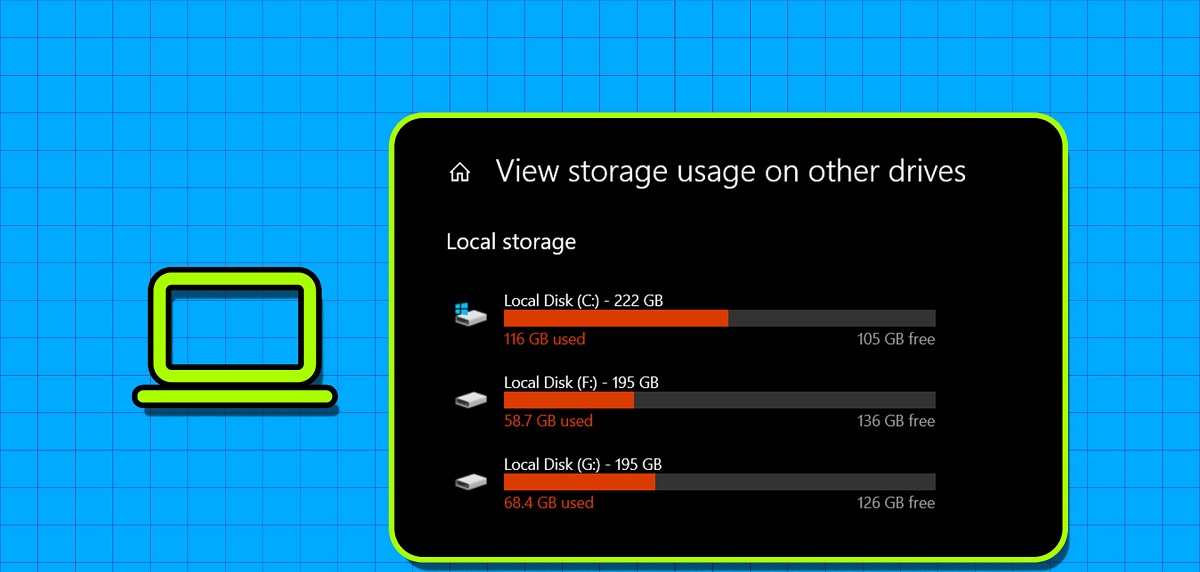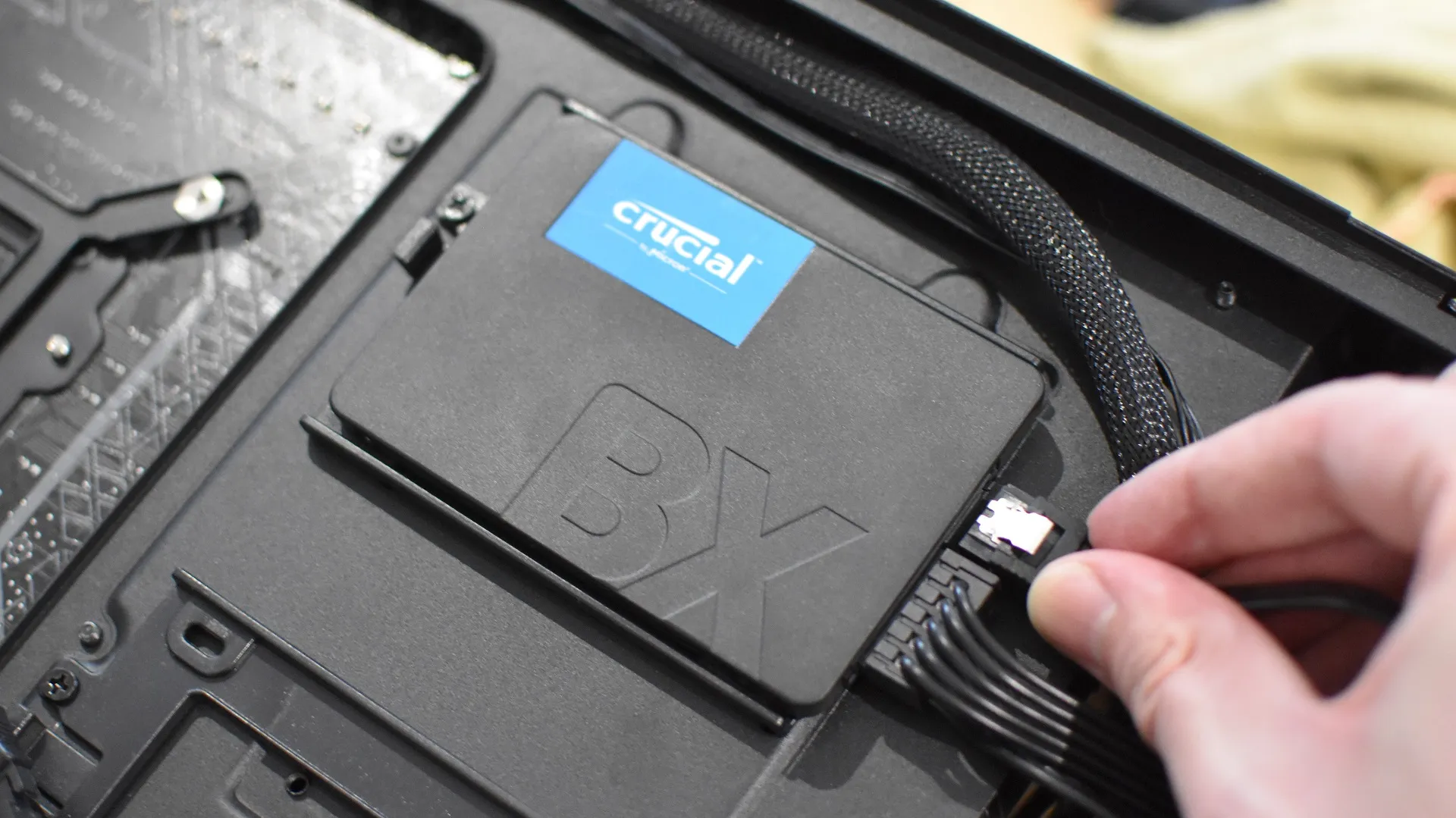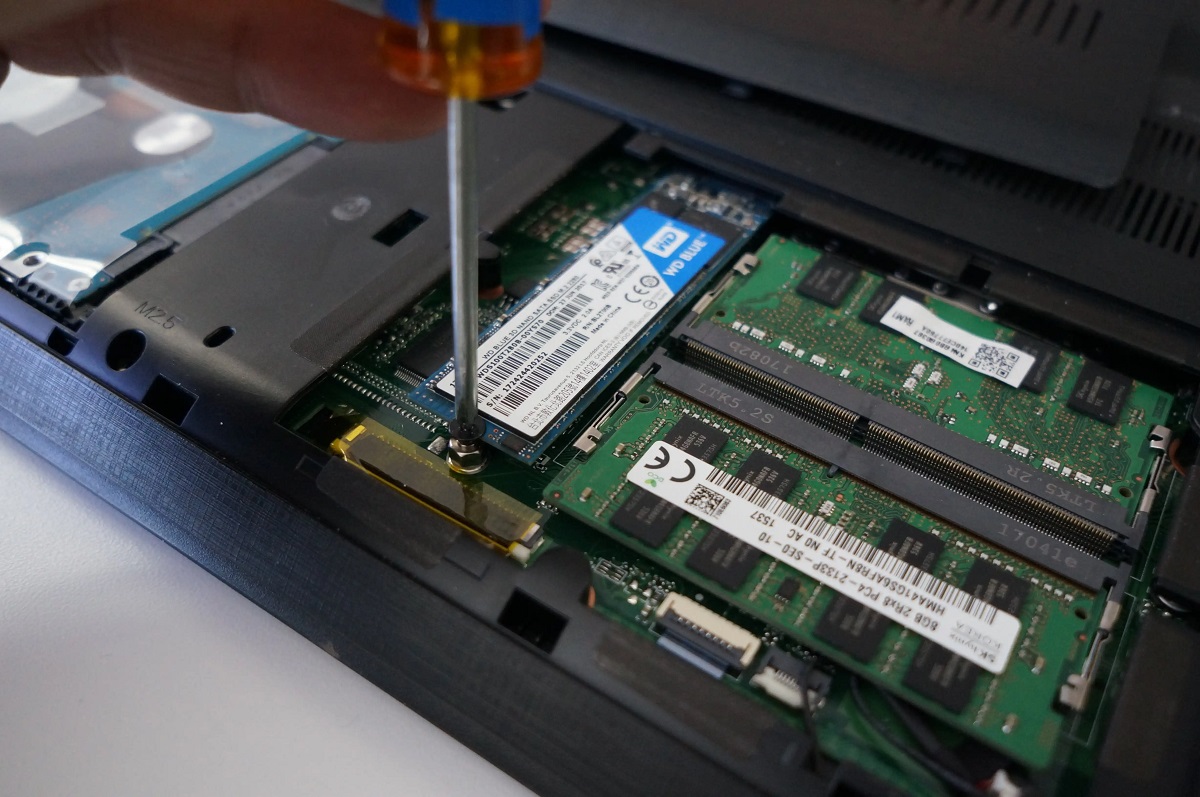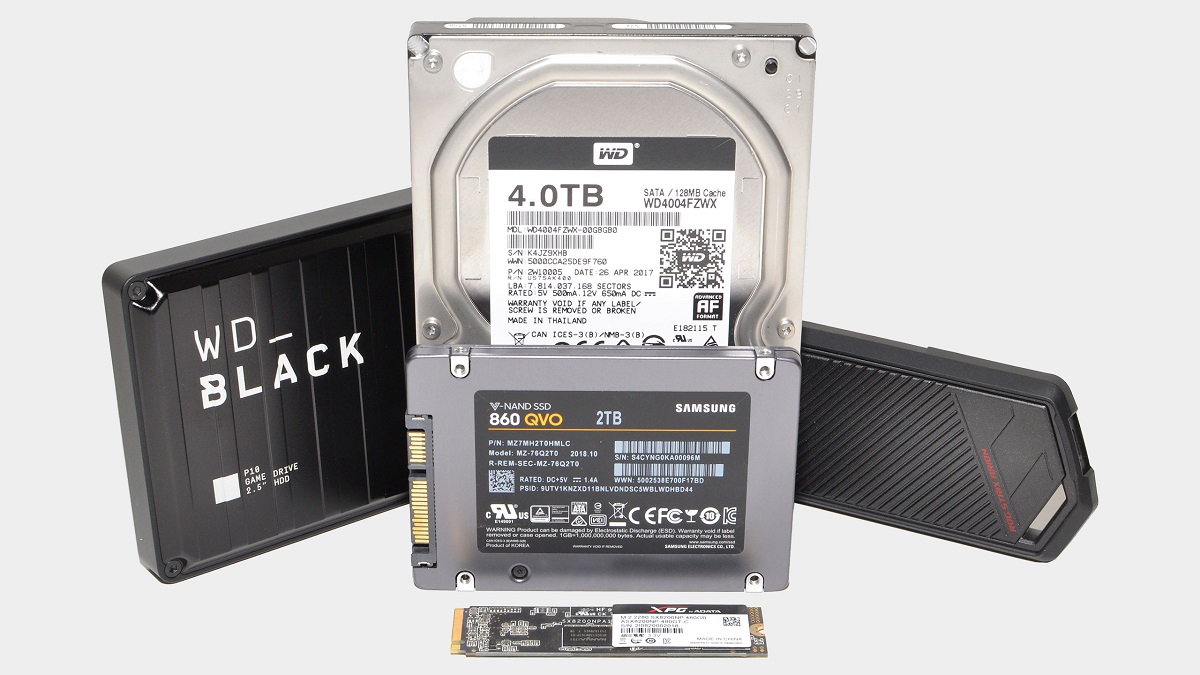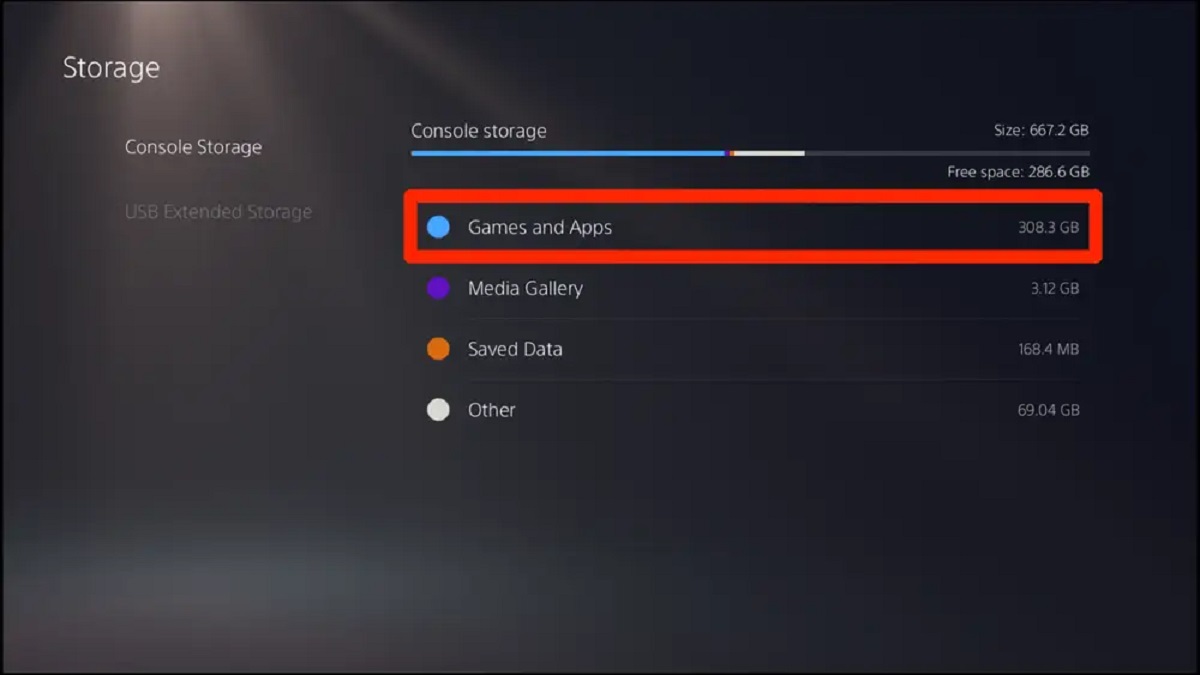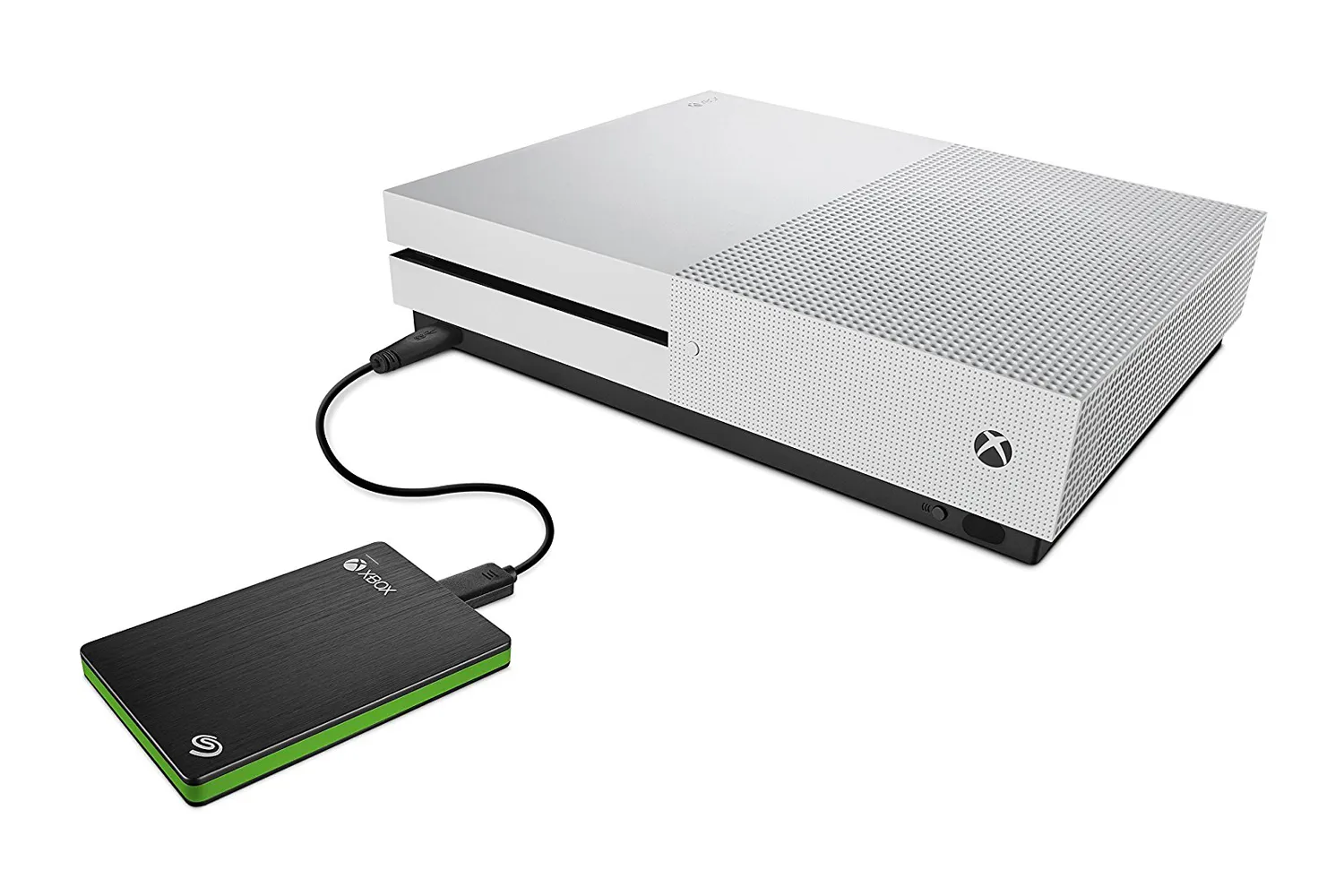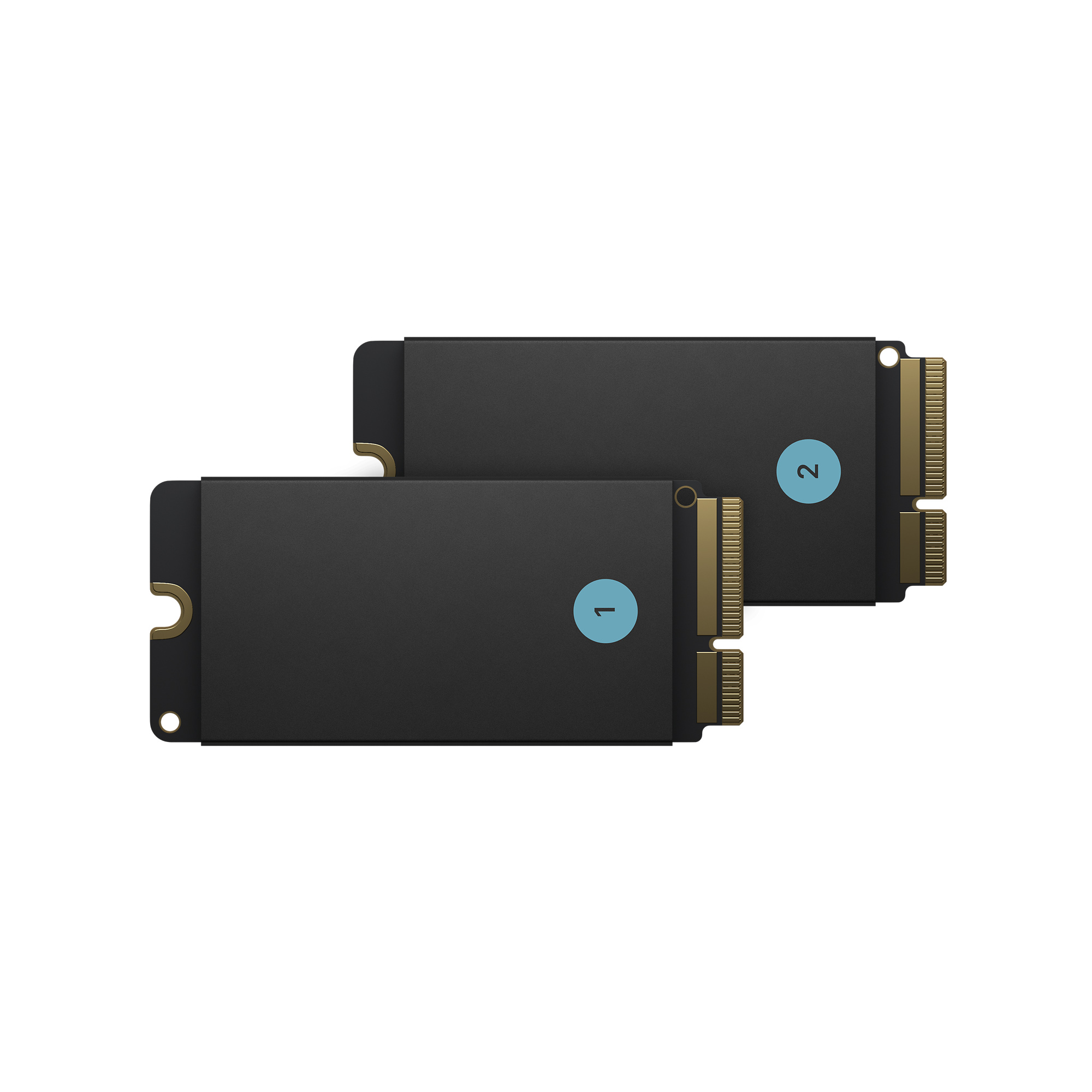Introduction
Welcome to the world of SSDs, where speed and efficiency take center stage. Solid State Drives (SSDs) have become increasingly popular over the years, offering faster storage and improved performance compared to traditional hard disk drives (HDDs). If you’re curious about how much SSD space you have on your computer, you’re in the right place.
Knowing your SSD capacity is essential for managing your data, installing new programs, and planning storage requirements. Whether you’re using a Windows, Mac, or Linux operating system, there are various methods to check your SSD capacity. In this article, we’ll explore multiple methods, including command line tools and third-party software, to help you find your SSD capacity with ease.
Before we dive into the details, it’s important to note that different operating systems and devices may have slight variations in the process. However, the underlying principles remain the same, and we’ll guide you through each method step-by-step.
So, if you’re ready to discover how much SSD space you have, let’s get started. Whether you’re a tech-savvy individual or a complete beginner, these methods will allow you to check your SSD capacity effortlessly.
Checking SSD Capacity on Windows
If you’re using a Windows operating system, there are a few simple ways to check your SSD capacity. Here are the methods:
- Using File Explorer: Open File Explorer by clicking on the folder icon in the taskbar or pressing the Windows key + E. On the left-hand side, you’ll see a list of drives. Look for your SSD, which is typically labeled as “Local Disk (C:)” or named after the manufacturer. Right-click on the SSD drive and select “Properties.” A new window will appear, showing the capacity and available space of your SSD.
- Using Disk Management: Press the Windows key + X and select “Disk Management” from the menu. You’ll see a list of drives and their partitions. Locate your SSD, which will be marked as “Disk #.” Right-click on the SSD and choose “Properties.” A window will pop up, displaying detailed information about the capacity, volume, and file system of your SSD.
- Using Command Prompt: Press the Windows key + R to open the Run dialog box. Type “cmd” and press Enter to open the Command Prompt. In the Command Prompt window, type “wmic diskdrive get size” and press Enter. A list will appear, showing the size of all connected drives, including your SSD.
With these methods, you’ll be able to quickly determine the capacity of your SSD on Windows. Remember to subtract the space used by the operating system and any installed programs to calculate the available space for your own files and data.
Checking SSD Capacity on Mac
Mac users can easily check their SSD capacity using the following methods:
- Using About This Mac: Click on the Apple menu in the top left corner of your screen and select “About This Mac.” A window will appear with an overview of your Mac. Click on the “Storage” tab, and you’ll see a graphical representation of your storage devices. The capacity and available space of your SSD will be displayed here.
- Using Disk Utility: Open “Disk Utility” by navigating to Applications > Utilities > Disk Utility. Once the Disk Utility window is open, you’ll see a list of drives on the left-hand side. Locate your SSD, which may be labeled with the manufacturer’s name. Click on the SSD, and the details will appear on the right-hand side, including the capacity, available space, and file system format.
- Using Terminal: Open “Terminal” by navigating to Applications > Utilities > Terminal. In the Terminal window, type “diskutil list” and press Enter. A list of disks and partitions will be displayed. Locate your SSD by its identifier, such as disk0 or disk1. Note the size mentioned next to the SSD’s identifier to determine its capacity.
By using these methods, you can easily check the capacity of your SSD on a Mac. Remember to consider the space occupied by the operating system and any installed applications when calculating the available space for your personal files and data.
Checking SSD Capacity on Linux
Linux users have a variety of options to check the SSD capacity on their systems. Here are a few methods that can help:
- Using File Manager: Open your file manager, such as Nautilus or Dolphin, and navigate to the “Computer” or “Devices” section. Look for your SSD drive, which may be labeled with the manufacturer’s name or “Disk #.” Right-click on the SSD and select “Properties” or “Information.” A new window will appear, displaying the capacity and available space of your SSD.
- Using Terminal: Open your terminal emulator, such as Terminal or Konsole. In the terminal, type the command “df -h” and press Enter. This command will list all the mounted drives on your system and their respective capacities. Look for the entry corresponding to your SSD, which can be identified by the filesystem or mount point.
- Using GUI Disk Utility: Many Linux distributions come with a GUI disk utility tool, such as GParted or Disks. Open the disk utility and locate your SSD drive from the list of storage devices. Click on the SSD, and detailed information will be displayed, including the capacity, partitions, and filesystem.
With these methods, Linux users can conveniently determine the capacity of their SSDs. Depending on your distribution and desktop environment, the exact steps and tools may vary slightly, but the overall process remains consistent.
Checking SSD Capacity Using Command Line
If you prefer using the command line interface, you can check your SSD capacity using various command line tools. Here are a few commonly used ones:
- Using fdisk: Open a terminal and type the command “sudo fdisk -l” followed by your administrator password. This command will display a list of all connected storage devices, including your SSD. Look for the entry corresponding to your SSD, which will show the capacity in bytes.
- Using lsblk: Open a terminal and type the command “lsblk” to list all attached block devices. Your SSD will be displayed along with its capacity. Note that the capacity may be displayed in different units, such as gigabytes (GB) or terabytes (TB), depending on the output format of lsblk.
- Using smartctl: Open a terminal and type the command “sudo smartctl -a /dev/sdX” (replace “sdX” with the appropriate device identifier for your SSD, such as “sda” or “nvme0”). This command will provide detailed information about the SSD, including the capacity, model, and health status.
These command line tools offer precise information about your SSD capacity without the need for a graphical user interface. However, be cautious when using these commands, especially with administrative privileges, as they can potentially modify or delete data if used incorrectly.
Checking SSD Capacity in BIOS
One of the most basic and reliable ways to check the SSD capacity is by accessing the BIOS (Basic Input/Output System) of your computer. Here’s how you can do it:
- Restart your computer: Start by restarting your computer and immediately press the appropriate key to enter the BIOS setup. The key usually depends on your computer’s manufacturer and can be F2, Delete, F12, or ESC. Refer to your computer’s manual or look for on-screen prompts during startup to determine the correct key.
- Navigate to the Storage or Drives section: Once you’re in the BIOS setup, use the arrow keys on your keyboard to navigate through the different sections and locate the Storage, Drives, or a similar category.
- Check the SSD information: Within the Storage section, you should see a list of connected drives, including your SSD. The capacity of your SSD will typically be displayed next to its name or identifier. Note that the capacity may be shown in different units, such as megabytes (MB), gigabytes (GB), or terabytes (TB).
It’s important to remember that the BIOS may have a different interface and organization depending on the computer’s manufacturer and model. If you’re unsure about specific steps in your BIOS, consult your device’s documentation or search for instructions online relevant to your specific computer model.
Checking SSD Capacity Using Third-Party Software
In addition to built-in tools and command line utilities, you can also use third-party software to check your SSD capacity. These software options often provide more advanced features and a user-friendly interface. Here are a few popular choices:
- CrystalDiskInfo: CrystalDiskInfo is a free and lightweight software that provides detailed information about your SSD, including its capacity, health status, temperature, and more. It supports various SSD models and interfaces, giving you comprehensive insights into your drive’s performance. Simply download and install CrystalDiskInfo, then launch the program to view your SSD’s capacity and other valuable data.
- HWiNFO: HWiNFO is a powerful hardware monitoring and diagnostic tool that can display detailed information about your system, including storage devices. It provides accurate SSD capacity information, as well as a wealth of additional data such as drive health, temperature, and SMART attributes. HWiNFO is available for free and can be downloaded from the official website.
- SSDLife: SSDLife is a commercial software that offers a simple and intuitive interface to monitor your SSD’s health, estimated lifespan, and capacity. It also provides real-time statistics and optimization suggestions to maintain your SSD’s performance. SSDLife offers a free trial version, allowing you to check your SSD capacity and evaluate its other features.
When using third-party software, always ensure that you download from reputable sources and only install software that is compatible with your operating system and SSD model. It’s also recommended to regularly update the software to benefit from any bug fixes or new features.
By utilizing these third-party software options, you can easily access detailed information about your SSD capacity and gain additional insights into its overall performance and health.
Conclusion
Checking the SSD capacity on your computer is a straightforward process that can be done through various methods depending on your operating system and personal preference. By understanding your SSD’s capacity, you can effectively manage your data, make informed decisions about storage requirements, and ensure optimal performance.
In this article, we explored different methods for checking SSD capacity on Windows, Mac, and Linux operating systems. We discussed using built-in tools such as File Explorer, Disk Utility, and command line utilities like fdisk and lsblk. Additionally, we highlighted the option of using third-party software such as CrystalDiskInfo and HWiNFO to gain a more comprehensive view of your SSD’s capacity and performance.
Remember that the available capacity may be slightly less than the labeled capacity of your SSD. This is due to formatting and the allocation of some space for wear-leveling and firmware operations.
Ultimately, whether you’re a professional or a casual computer user, knowing your SSD capacity is essential for effective storage management and organizing your data. By following the methods outlined in this article, you can easily determine the capacity of your SSD and make informed decisions about your storage needs.
If you encounter any difficulties or have any specific questions, consult your device’s documentation, search for specific instructions related to your operating system and computer model, or seek assistance from relevant online communities or technical support.
With the information provided in this article, you’re now equipped to confidently check and understand the capacity of your SSD, empowering you to make informed decisions regarding your storage requirements.







